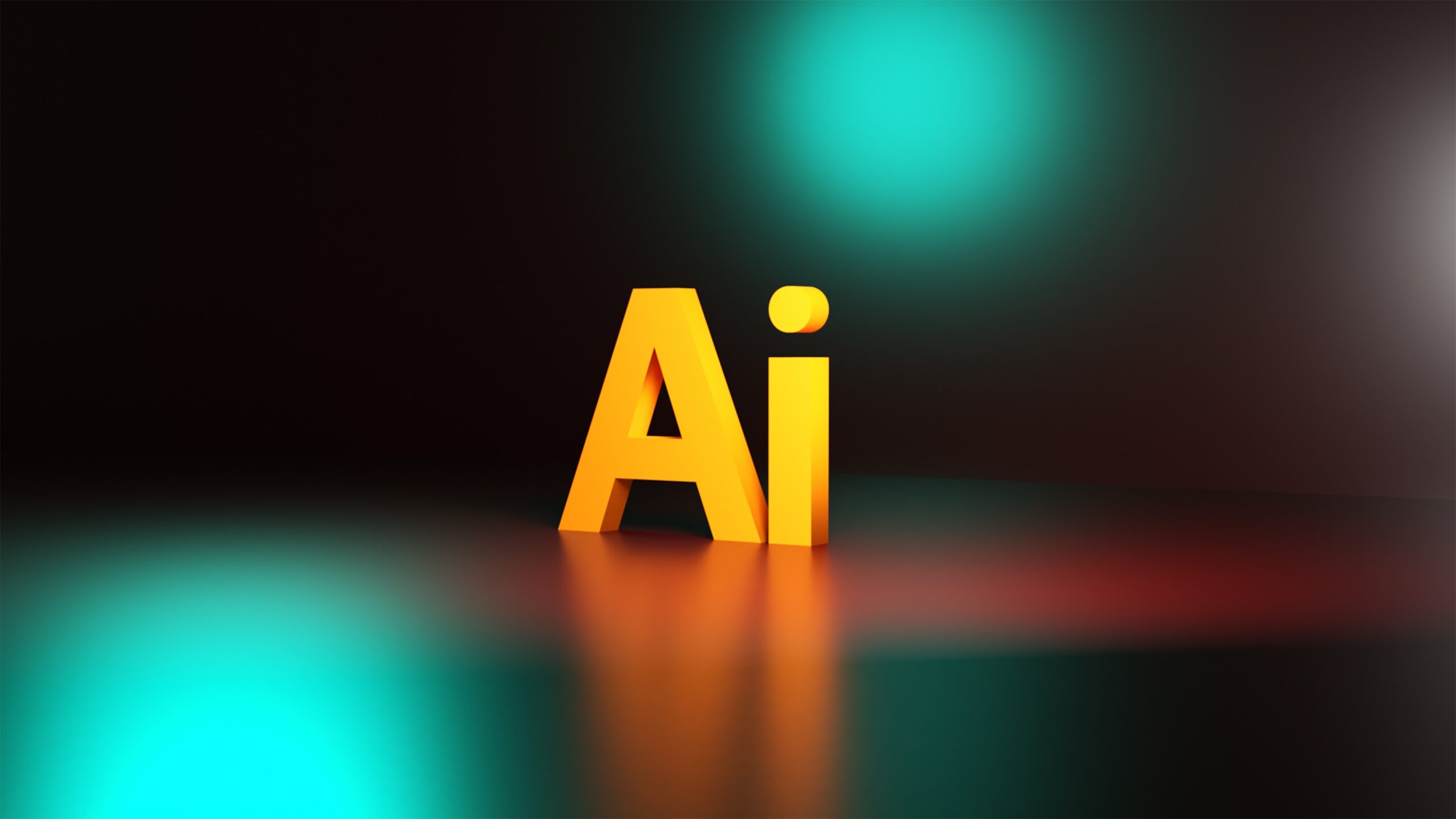Tag: adobe tricks
-

Adobe Illustrator: My 5 Essential Adobe Illustrator Tools
By Miguel Villalobos Adobe Illustrator is a popular software application that designers and artists use to create different variations of artwork. This program specializes in creating vector graphics and offers many different design tools that are great for creating things such as icons, logos and illustrations. The program can seem overwhelming for people who are…
